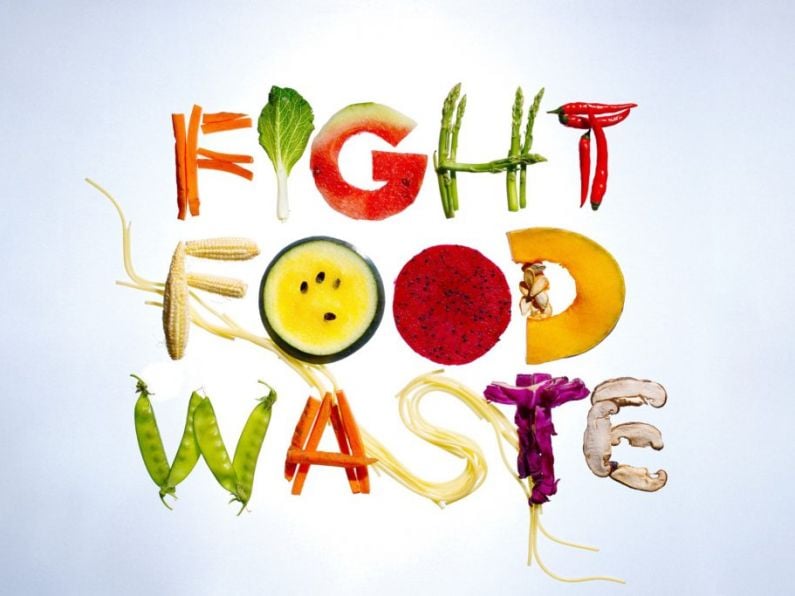In the latest episode of Ours To Protect, we take a look at the clothing industry and its impact on Climate Change as it is the second largest polluter in the world, producing 10 percent of the world's carbon emissions.
How does fast fashion impact our climate?
According to an analysis by Business Insider, fashion production comprises 10% of total global carbon emissions, as much as the European Union. It dries up water sources and pollutes rivers and streams, while 85% of all textiles go to dumps each year. Even washing clothes releases 500,000 tons of microfibres into the ocean each year, the equivalent of 50 billion plastic bottles.
If no action is taken, the fashion sector will be emitting an estimated 2.7 billion tons of carbon dioxide equivalent (CO2e) in 2030
Why does the fashion industry need to reduce its carbon footprint?
The frantic pace of fast fashion is contributing to the pollution of the Earth's soil, air, and water. In Europe, the consumption of clothing, footwear, and household textiles is the fourth largest contributor to greenhouse gas emissions, trailing only housing, transport, and food.
Water
The environmental impact of fast fashion comprises the depletion of non-renewable sources, emission of greenhouse gases, and the use of massive amounts of water and energy. The fashion industry is the second largest consumer industry of water, requiring about 700 gallons to produce one cotton shirt and 2,000 gallons of water to produce a pair of jeans.
Microplastics
Furthermore, brands use synthetic fibers like polyester, nylon, and acrylic which take hundreds of years to biodegrade. A 2017 report from the International Union for Conservation of Nature (IUCN) estimated that 35% of all microplastics – tiny pieces of non-biodegradable plastic – in the ocean come from the laundering of synthetic textiles like polyester.
Energy
The production of making plastic fibers into textiles is an energy-intensive process that requires large amounts of petroleum and releases volatile particulate matter and acids like hydrogen chloride. Additionally, cotton, which is in a large amount of fast fashion products, is also not environmentally friendly to manufacture. Pesticides deemed necessary for the growth of cotton presents health risks to farmers.
How to make a difference with your fashion choices?
- Choose Organic or Recycled Fabric. ...
- Repair your Clothes Instead of Buying New Ones. ...
- Second-hand Shops are Useful. ...
- Buy Clothes Made with Organic Flax or Hemp. ...
- Choose locally-made Clothes. ...
- Choose Transparent Brands. ...
- Wash your Clothes Correctly.
To find out more visit:
https://climateseed.com/blog/sustainable-fashion-how-to-reduce-your-environmental-impact
***
To listen back to our latest episode, click here.
To find out Your Carbon Footprint, visit footprintcalculator.org.
We'd also like to here your say on Climate Action by taking part in our survey.
Ours to Protect is funded by Coimisiún na Meán with the Television Licence Fee.
This project is a partnership between Beat 102 103 and the Independent Broadcasters of Ireland.
Check out Ours To Protect for more information.






